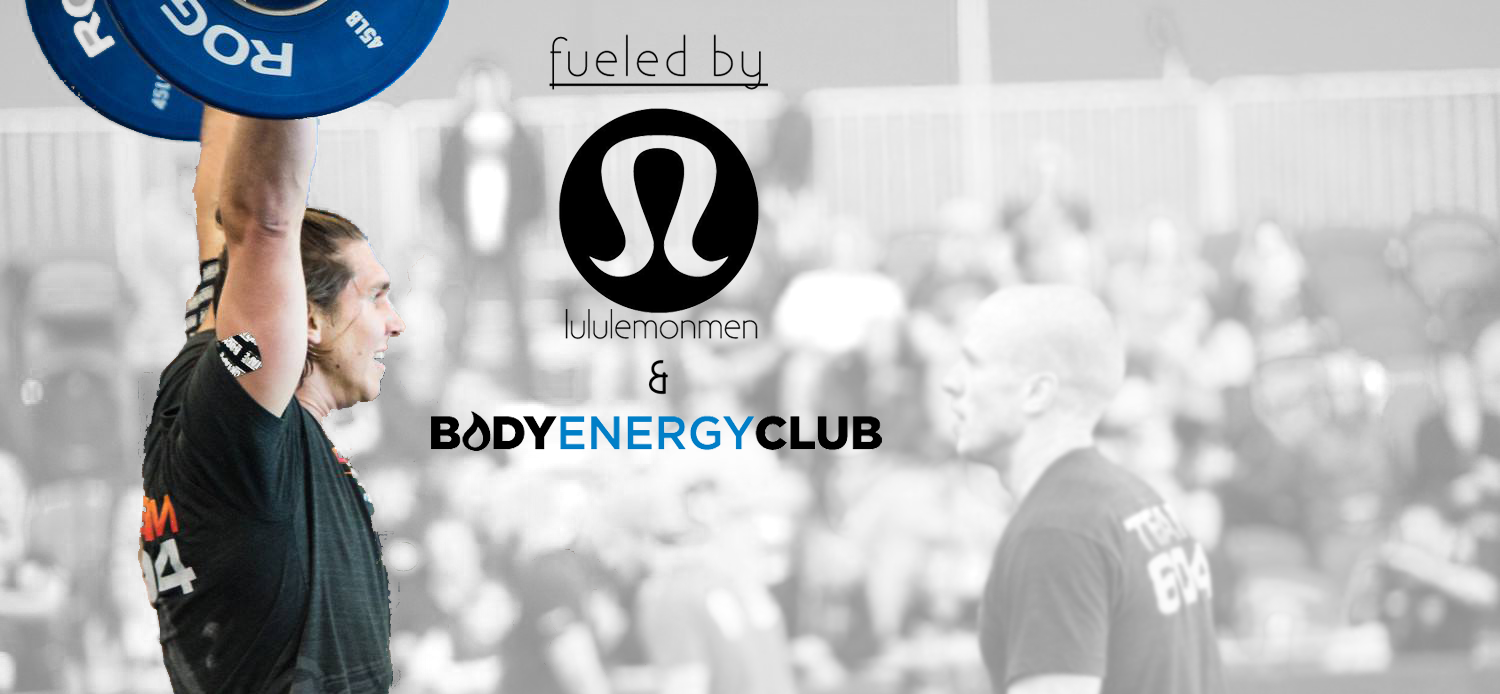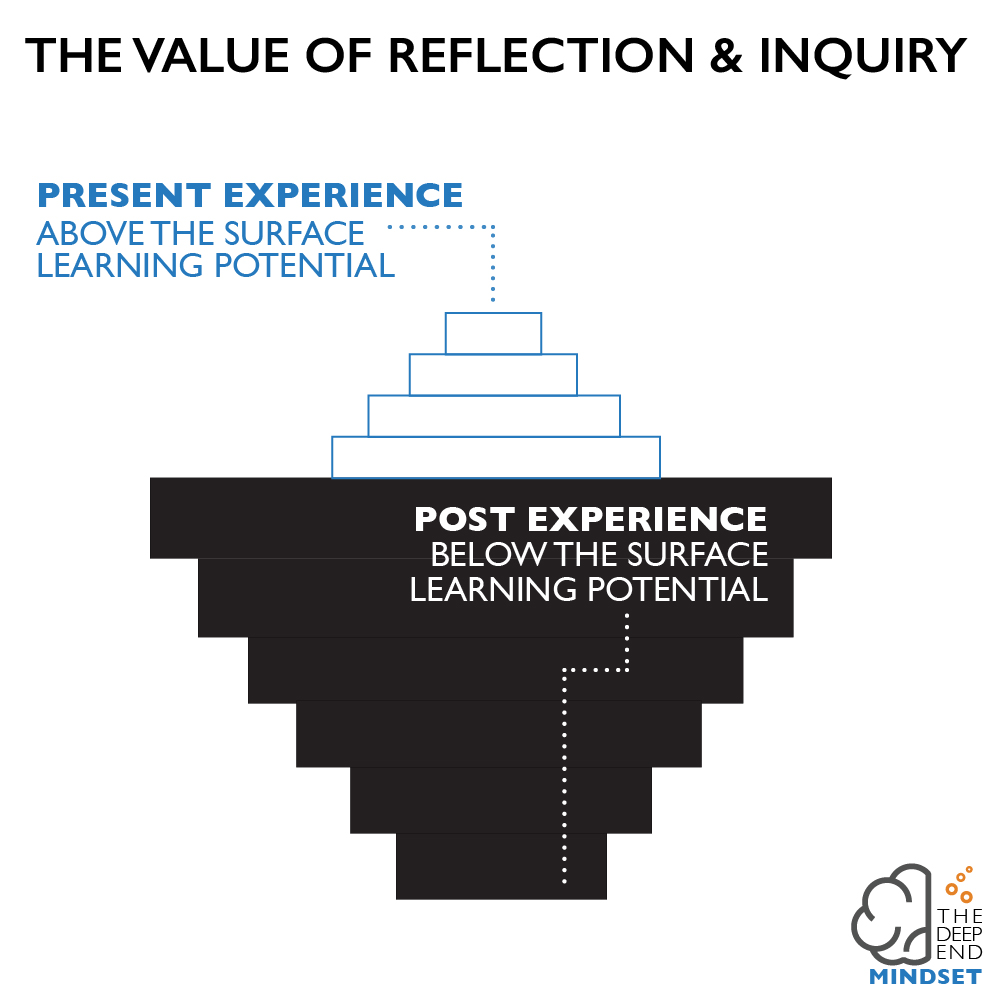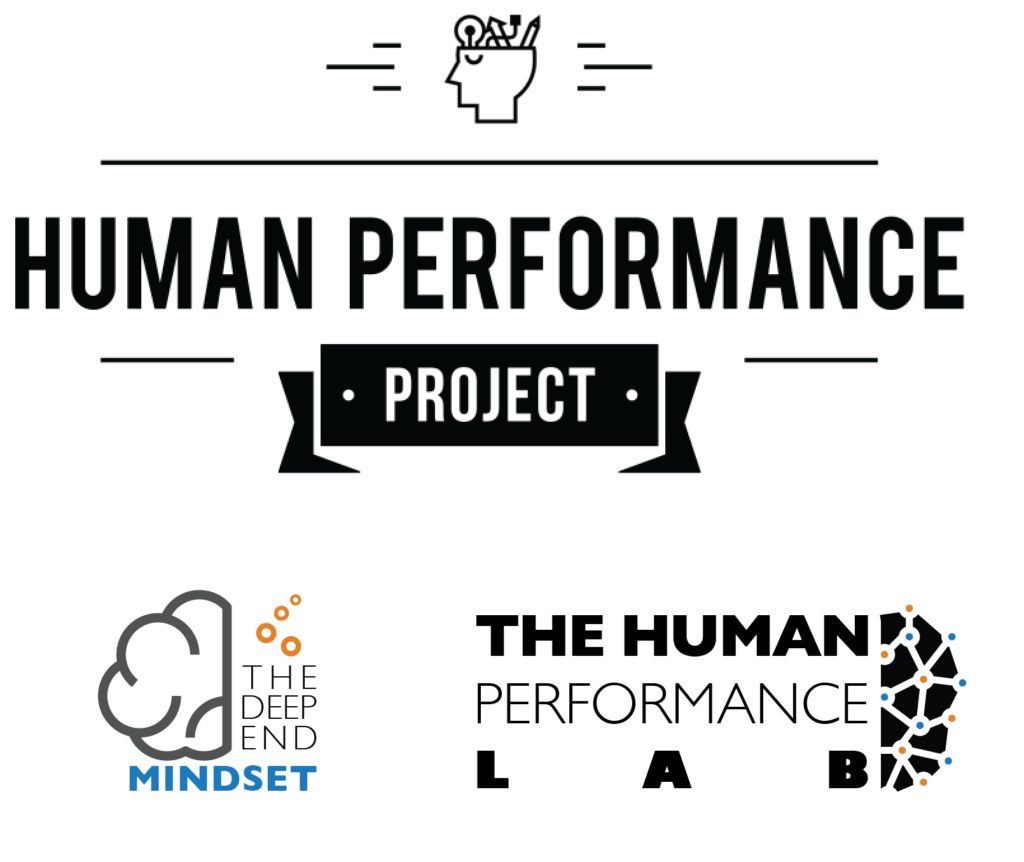The Parody of a Dream.
“What am I doing?”
The thought runs through my head at least once every practice as I begin my walk out into the field to retrieve my discus. It feels almost laughable, spending the next 4 years dedicating my time and energy in a sport with the singular goal of competing in the Olympics (and hopefully 3 other world games en route).
Despite the humour, I haven’t been able to shake the itch. Many years ago, likely when I was around 9 or 10 years old there grew a deep seeded desire to become the best in the world in a sport and compete in a World Games.
Nearly 20 years later after saying no to several other vehicles to this goal (basketball, bobsled, rowing) I have picked my path and begun the gruelling uphill battle.
The Story of Fear & Doubt
What I’ve learnt over the years is just declaring the pursuit of a Big Hairy Audacious goal doesn’t make the doubt go away. On a weekly basis I find myself getting anxious, worried, dishearten and losing hope when contemplating the ground I have to cover.
Then I remembered something critical. The first chapter of chasing something this big, something only few in the world will ever achieve has nothing to do with reaching the destination.
On the contrary, it is all about the struggle. For me, this first year of training represents Chapter 1.
I just need to survive.
Defining Your Road to Greatness
My big hairy audacious goal is to throw in the Olympics, but I couldn’t be less focused on that in this first chapter.
In 2016 I set a very intentional goal. To push myself so hard that I hit the “go no go barrier” – in other words “the wall”.
Declaring your pursuit of a big crazy dream to the world is step 1, but immediately that comes the need to directly test our determination and emotional will power. My goal for 2016 is to do this as fast as possible – if I don’t have what it takes I want to confront this reality and course correct ASAP.
What Chapter 1 is Really About
When we set and strive for big hairy audacious goals the first chapter is very rarely about skill, mastery or hitting our peak optimum performance.
It’s about running headfirst into the darkness, into the unknown, into the pain – and seeing if you come through on the other side.
And as dark and gloomy as this year has been so far – it is paradoxically an uplifting reminder.
I only have to survive.
And this is my reminder & challenge to you. As you are building your business, your career, family, movement, or dent in the universe remember that nothing magical or world changing happens in Chapter 1.
But you can’t write the book without it. The magic at the summit doesn’t exist without the journey.
Keep this in mind as you embark on the next big hairy audacious goal you set out for. Ask yourself if you are up for driving head first towards that wall. Are you ready to embrace the despair and darkness that is required before crossing the chasm to true breakthrough.
I can guarantee you one thing, it is going to suck.
But when you make it through to the end of Chapter 1 you will be confident without a doubt in your mental and emotional perseverance to make it all the way. That will never stop you again.
The Road is Long
I am not at the end of my 1st chapter – but I am certainly excited to face this noble challenge.
See you on the other side.
Follow along on Snapchat.
photo: Chris Thorn Photography
I share my story in hopes to add a sliver of value or insight to those chasing their dreams. sign up for these doses of inspiration and learning in your inbox.



